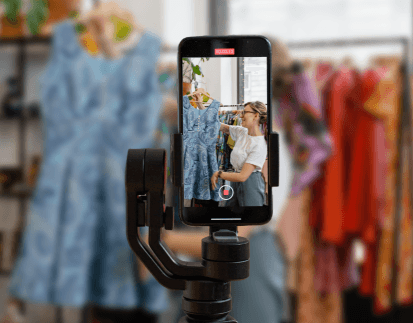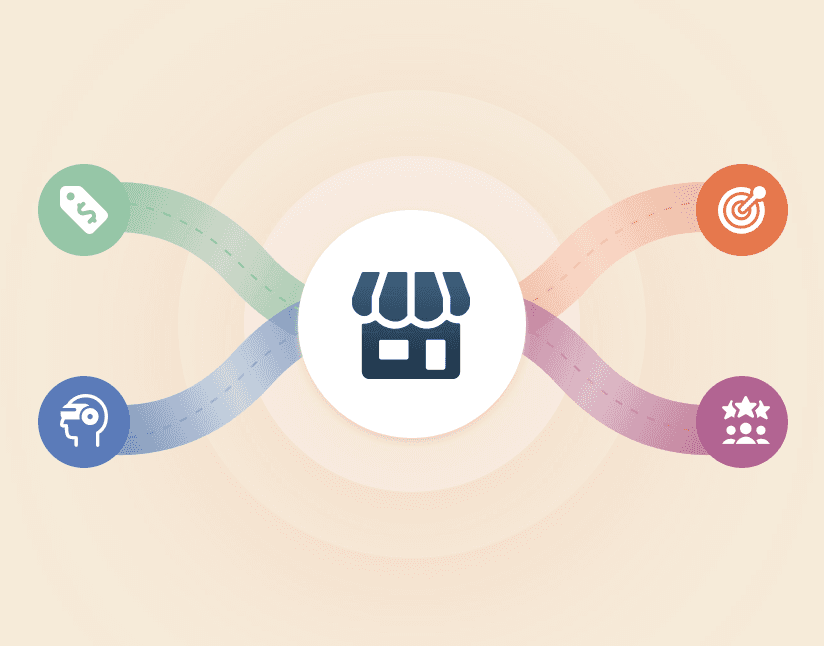

Gregory Batchelor
Gregory Batchelor is the Vice President of Growth Marketing at Platform.sh, a unified, enterprise-grade platform for building, running and scaling websites and applications.
Retail companies have a lot of balls to juggle. As well as offering attractive and useful products to their customers, they also need to manage production and warehouse logistics, accounting, and marketing (to name just a few).
Customer engagement is also pretty high on the list of priorities for success. Luckily, this article is all about explaining how you can improve this. So, let’s get started!
What is customer engagement?
Customer engagement is the level of engagement your business enjoys among its customers—essentially, how excited people get about your products and brand. If it’s more like “This item will do, I don’t even know what brand it is” than “Oh wow, Deodorizzzer 360 is the bomb! I can’t wait to buy more and share it with all my friends on Facebook!”, be sure to read on.
Customer engagement is a critical factor when it comes to securing both initial and repeat business. It’s also vital for your brand reputation. Customer engagement maintenance is something you’ll need to work on constantly rather than a one-time thing.
Like a marriage, customer engagement doesn’t end at “I do” i.e. the sale. You still need to have date nights and anniversary celebrations and so on to keep the magic alive. In other words, you want your customers to come back and buy more stuff from you in the future.
Another way to enhance customer engagement and ensure repeat business is by providing a seamless and secure shopping experience through the implementation of Private Cloud Storage. This can also provide businesses with enhanced data security, scalability, and customization options, resulting in a seamless shopping experience. By ensuring the privacy of customer data and offering personalized services, businesses can build trust, loyalty, and increase customer satisfaction.
Five ways your retail company can improve customer engagement—starting now!
So, let’s dive into some top ways to improve your customer engagement right now.
1. Loyalty programs
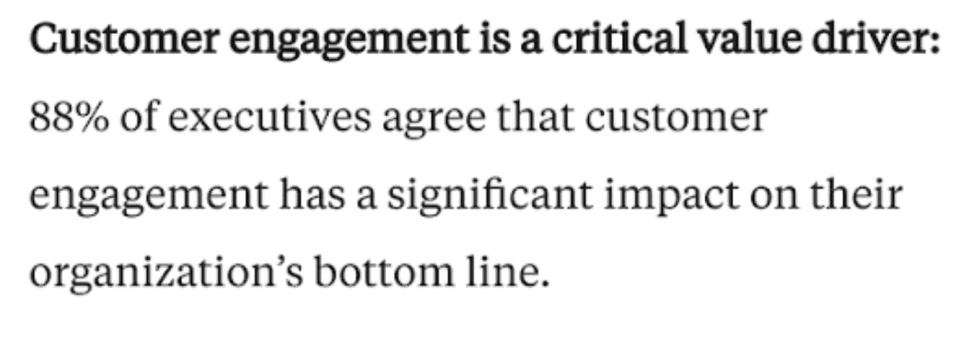
This first one is a tried and true method; it’s been around for ages because it works. Companies make attractive offers to retain as many customers as possible through tailored customer journeys. Loyal customers are rewarded, and shopping is essentially turned into a game (because we’re all just big children with debit cards at heart).
As well as improving engagement, loyalty programs strengthen the relationship between the customer and the brand, so instead of just buying a cute swimsuit, they’re buying a [brand name] swimsuit and strengthening the bond with your brand identity.
So, how do you engage your customers through a loyalty program? You need to start by looking at some of the most successful examples out there for inspiration. Then, you can invest in retail-focused CRM software. This is a fantastic tool for collecting and analyzing customer data so you can see the effects of your loyalty program over time.
The reward system you create must resonate with your audience and offer them real value, so think about who they are, what their values are, and what their needs are when coming up with a plan.
You could also consider implementing an “in-store” experience so your customers feel really cared for. For example, physical stores could provide some kind of VIP treatment, like free coffee, swag, or time in a massage chair, while eCommerce stores could offer special rewards and access to exclusive collections.
2. Incentivize your customers

As well as a loyalty program, you could offer goodies to customers more generally, such as discounts and freebies. If you’ve ever been to a job fair, university open day, or any kind of marketing event, you’ll be familiar with the thrill of getting free stuff. Even if it’s just a pen, a bottle opener, food, or stickers, people enjoy getting things for nothing.
Maybe it reminds us of birthdays or Christmas, or maybe it satisfies some primal need to feel that we have abundance and security in our lives. Whatever the reason, incentives grab our attention—and they also grab the attention of customers.
If someone is pining after your product but it feels just a little out of reach price-wise, a 15% discount can persuade them that they can in fact indulge. If your shoppers are online, a free delivery option or discount might seal the deal.
There are a lot of incentives you can use, including:
- Buy two, get one free deals
- Free shipping with a minimum order of, for example, $50
- Free samples with a first purchase
Existing customers also deserve treats, so some companies will offer a discount after purchasing to incentivize them to come back, or they’ll give them a discount on the condition that their friends also use it e.g. “Share this 10% discount with your friend and you’ll be entitled to a 10% discount on your next order!”
It can be a good idea to hold off on sending discounts immediately. For example, if it were to arrive a month after their purchase, when their next paycheck had landed in the bank, this could serve as a good reminder that your brand both exists and values their (freshly monied) custom.
Incentives used intelligently and sparingly enough to keep them special will help pique customer attention and increase engagement.
3. Find and use your brand voice
If you haven’t found your brand voice (i.e. your business’s personality) yet, now is the time. This should shine through in every blog post, article, email, and image you share. It should be reflected in your interactions with customers, be an integral part of your CMS architecture, and be glaringly identifiable in your marketing materials.
The trick is to develop a voice with a clear personality, which stands out and resonates with both your values as a company and the values of your target audience. This is how you can form a human connection with them and not just a transactional business one. It’s also one of the ways you can build trust with your customers.
To find your brand voice, you can do the following:
- Create a poll on social media to find out what people like about your brand and why they follow you.
- Figure out your shared values as a company and what your mission statement is.
- Find out how you can bridge your values and the expectations of your followers and customers. What do they like that you already bring to the table, and how can you expand upon this? For example, are they environmentally conscious?If so, do you offer biodegradable packaging?
- Decide whether your website is suitable e.g. would a .ai domain name suit you better if you’re a software company and your target audience is interested in artificial intelligence?
Many companies create a brand style guide, which is especially helpful when managing multiple sites under your business umbrella. This is a document you can refer to when creating content and typically lists your tone of voice, values, speech style, brand colors, and more, so these remain consistent across your various contact points.
4. Train your staff
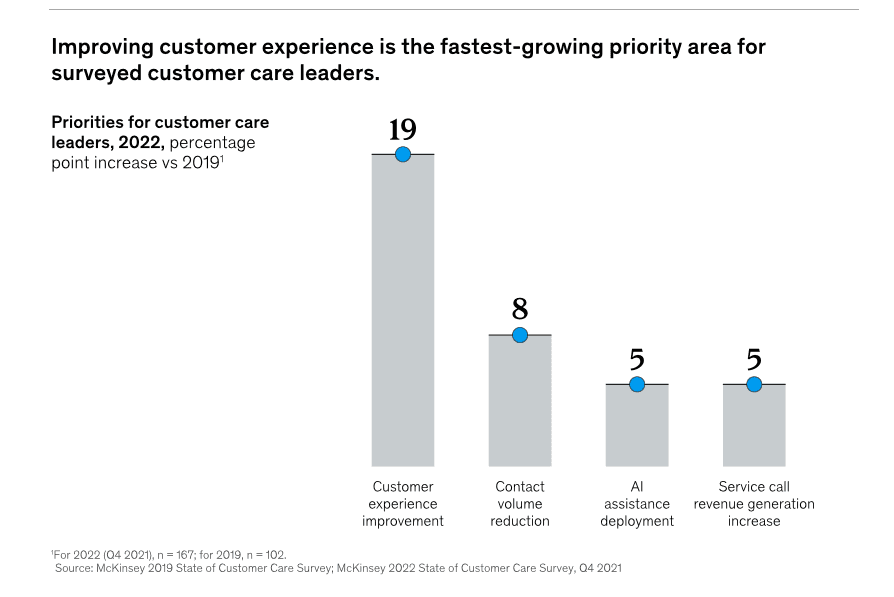
Since your sales reps and service agents are the face of your company, frequent and regular training sessions are vital for positive team collaboration. Your company depends on their ability to solve problems and represent you in a knowledgeable and personable manner.
These can be the determining factors in whether a customer leaves feeling happy with their experience and wanting to recommend you to friends and family.By representing your values and image through their interactions, the chances of a repeat purchase are likely to go up.
You can train your staff by creating a best practices document, which can be referred to in any potential situation that may arise. You can host monthly or quarterly training sessions, either formally or informally, for any staff members that come into direct contact with customers. The focus of these should be on refining your brand identity, improving customer service, and learning more about how to engage with your audience in person.
5. Throw some AI and virtual reality into the mix
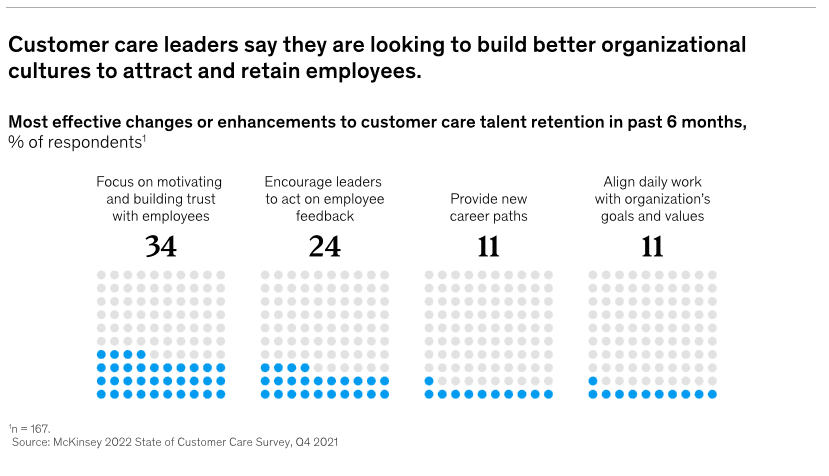
While in-person, physical shops offer the advantage of fitting rooms, online shops lack this feature. Trying before buying can remove the hesitancy many people feel before parting ways with their hard-earned cash. It also means people can seek advice and guidance from your salespeople and staff in real-time.
What’s more, fitting rooms are a bonding space for friends and family shopping together, and good lighting can give people a confidence boost and positive associations with the store. Online shopping misses out on all of this. There is no mother-daughter bonding experience, no asking staff members for help, and no nice, ambient lighting.
This is where virtual reality comes in. In 2023, you can now use intelligent software tools to digitally try things on. You can experiment with glasses by uploading a picture or allowing software to access your camera and measure your facial features for accuracy. By analyzing your face shape, some software solutions can even make helpful recommendations.
Customers can also enjoy product tours, see goods in 3D, and talk with assistants through an instant real-time messaging feature—one of the biggest business technology trends currently. Some furniture stores also have tools that allow customers to see how a product would look in their home using videos, pictures, and measuring tools.
Customers can even browse through stores virtually by physically moving their phones around a room, a little like a virtual reality headset e.g. you turn your phone to face the right side of your home, and you see the right side of the store on your screen. Turn your phone upward and you see the ceiling of the store.
You can thus use virtual reality to fix many existing eCommerce pain points for your customers, improving engagement and their overall experience. This is also sure to have a positive knock-on effect on your wider customer retention strategies.
Final thoughts
Some of the best ways to improve customer engagement include rewarding your customers for their interest in your products, whether through discounts, freebies, or loyalty programs; honing your brand’s voice; training your staff to better interact with your customers; and using virtual software tools to your advantage.
Implement our advice in your store, and reap the many benefits that improved customer engagement can deliver.

About the author
Gregory Batchelor
Gregory Batchelor is the Vice President of Growth Marketing at Platform.sh, a unified, enterprise-grade platform for building, running and scaling websites and applications. With over 20 years of experience in the tech sector, including time at companies including Oracle, Cisco and NTT, he has developed a reputation as a marketing and business operations leader. In his spare time, Gregory enjoys spending time with his family, traveling, and playing lots of golf.
Related articles

